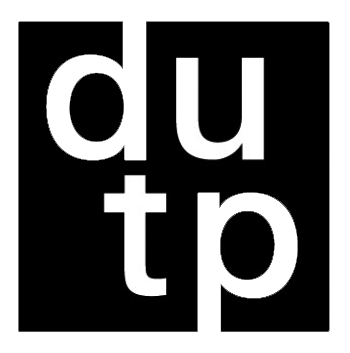POLOS VAREJISTAS DE RUA COMO QUALIFICADORES DO ESPAÇO PÚBLICO Uma investigação sobre o Polo do Distrito de Perus
DOI:
https://doi.org/10.5821/siiu.13105Abstract
This paper is the result of academic research that studies the Street Retail Centers in the city of São Paulo and aims to investigate and analyze one of the city's 90 Centers, the Perus Center, located in a peripheral region. As an investigative methodology, the analysis is carried out through the application of 12 indices developed by the group, which form the IQUP (Quality Index of Public Spaces in Street Retail Centers), in addition to face-to-face interviews carried out with local traders. As a result, the article analyzes aspects that may have contributed to the current formation of the Perus hub as a relevant retail concentration for the city and its region, and seeks to contribute to the debate on the influence of commercial territories in peripheral regions and with high social vulnerability indexes as a factor for the quality of urban life, by creating spaces for public use that are more accessible to a wide portion of the population.
Downloads
Published
Issue
Section
License
Copyright (c) 2024 Creative Commons

This work is licensed under a Creative Commons Attribution-NonCommercial-ShareAlike 4.0 International License.
Aquellos autores/as que tengan publicaciones con esta revista, aceptan los términos siguientes:
- Los autores/as conservarán sus derechos de autor y garantizarán a la revista el derecho de primera publicación de su obra, el cuál estará simultáneamente sujeto a la Licencia de reconocimiento de Creative Commons CC BY-NC-ND- 4.0 que permite a terceros compartir la obra siempre que se indique su autor y su primera publicación esta revista, pero no se pueden cambiar ni se pueden utilizar comercialmente.
- Los autores/as podrán adoptar otros acuerdos de licencia no exclusiva de distribución de la versión de la obra publicada (p. ej.: depositarla en un archivo telemático institucional o publicarla en un volumen monográfico) siempre que se indique la publicación inicial en esta revista.
- Se permite y recomienda a los autores/as difundir su obra a través de Internet (p. ej.: en archivos telemáticos institucionales o en su página web) antes y durante el proceso de envío, lo cual puede producir intercambios interesantes y aumentar las citas de la obra publicada. (Véase El efecto del acceso abierto).











